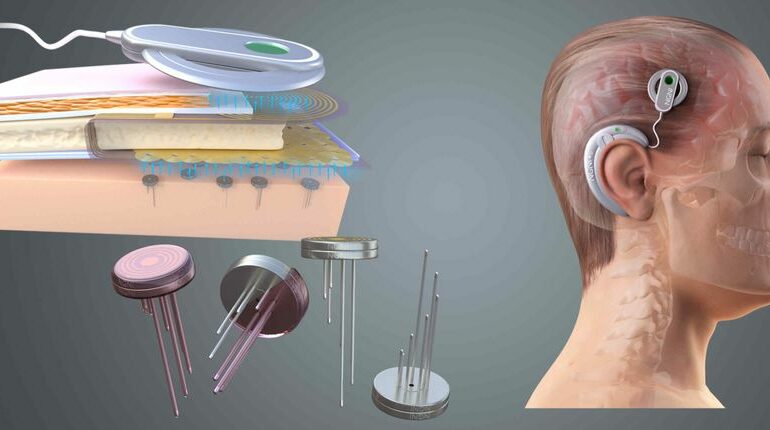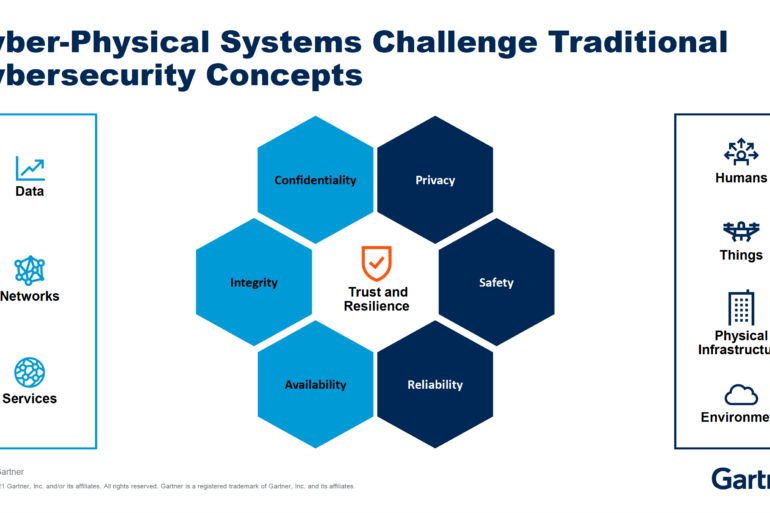Neural interfaces, also known as brain-computer interfaces (BCIs), are devices that allow humans to interact with computers or other devices using their thoughts. They do this by recording electrical signals from the brain and translating them into commands that can be understood by the computer.
Neural interfaces have the potential to revolutionize the way we interact with the world around us. They could allow people with disabilities to regain lost functions, such as the ability to walk or talk. They could also be used to enhance our cognitive abilities, such as our memory or our ability to learn.
In recent years, there has been a great deal of hype surrounding neural interfaces. Some people believe that they will soon become commonplace and that they will have a profound impact on our lives. However, there are also some who are skeptical of the hype, and who believe that neural interfaces are still a long way from being practical or safe.
So, do neural interfaces really live up to the hype? The answer is that it’s still too early to say for sure. The technology is still in its early stages, and there are a number of challenges that need to be overcome before neural interfaces can become widely adopted.
However, there have been some promising developments in recent years. For example, in 2016, a team of researchers at the University of California, Berkeley, developed a neural interface that allowed a paralyzed man to control a robotic arm with his thoughts. The man was able to use the arm to grasp objects and even feed himself.
This is just one example of the potential of neural interfaces. Other researchers are working on developing neural interfaces that could allow people to control prosthetic limbs, or to restore lost vision or hearing.
Of course, there are also some risks associated with neural interfaces. For example, there is a risk of infection, and there is also the possibility that neural interfaces could be hacked or used for malicious purposes.
Overall, the future of neural interfaces is uncertain. However, the potential benefits of this technology are significant, and it is likely that we will see further developments in the years to come.
Here is a more detailed look at the pros and cons of neural interfaces:
Pros:
- Neural interfaces could allow people with disabilities to regain lost functions.
- They could be used to enhance our cognitive abilities.
- They could be used to create new forms of communication and interaction.
Cons:
- Neural interfaces are still in their early stages of development.
- There are a number of risks associated with neural interfaces, such as infection and the possibility of hacking.
- The ethical implications of neural interfaces are complex and have not been fully explored.
Conclusion:
Neural interfaces are a promising new technology with the potential to revolutionize the way we interact with the world around us. However, there are still a number of challenges that need to be overcome before neural interfaces can become widely adopted. It is likely that we will see further developments in the years to come, and that neural interfaces will eventually become a part of our everyday lives.
Here are some additional thoughts on the future of neural interfaces:
- As the technology continues to develop, it is likely that neural interfaces will become more affordable and accessible. This could lead to a wider range of people being able to benefit from this technology.
- Neural interfaces could also be used to create new forms of entertainment and gaming. For example, people could use neural interfaces to control virtual characters or to interact with virtual worlds.
- The potential applications of neural interfaces are vast, and it is difficult to say what the future holds for this technology. However, it is clear that neural interfaces have the potential to change the world in many ways.
thumb_upthumb_downuploadGoogle itmore_vert








